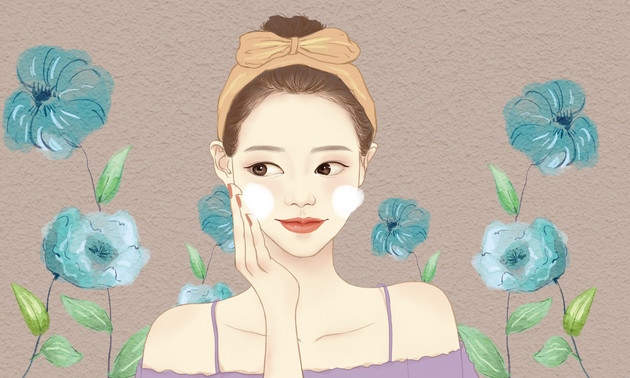June 10 (NBD) -- Oriental Therapy, a premium skincare brand of Procter & Gamble (P&G), was brought back to life after around six years of absence.
National Business Daily noticed that the brand has opened a flagship store on Chinese e-commerce marketplace Tmall. The store now offers products in different combinations, with prices ranging from 39.9 yuan (5.8 U.S. dollars) to 1,140 yuan.

Photo/Shetuwang
According to Oriental Therapy's Weibo post, the beauty line is intended for Chinese women, and all its products are manufactured in China.
First launched in 2013, Oriental Therapy, roughly translated into oriental seasonal methods, is positioned between Olay and SK-II, and its products are inspired by Chinese herbal medicine and designed to meet skin's different needs in the four seasons. But for lukewarm sales, the skincare line soon vanished from the market.
Reviving the herbal skincare brand shows P&G's strong confidence in China's beauty industry.
A report by Kantar Worldpanel said that China's beauty market is maintaining a two-digit growth rate at present. Besides, the consulting firm found that more consumers are inclined to buy upmarket skincare products, which was also revealed in P&G's financial report for the third quarter of fiscal 2019 (from January to March of 2019).
It's shown that P&G's sales from the beauty business rose 4 percent year over year to 3.061 billion U.S. dollars worldwide, while net profits surged 13 percent to 551 million U.S. dollars, mostly driven by high-end beauty products like SK-II.
P&G's Chief Financial Officer Jon Moeller said after the earnings conference that SK-II and upscale products from Olay are well-received among Chinese consumers.
But regarding the consumer products giant's practice of bringing in a made-in-China brand to expand the footprint, a source with the cosmetics industry told news outlet Yicai this couldn't give much edge to the company at present as there are a variety of imported skincare brands for option.
Industry insiders also held the herbal care products segment is now occupied by homegrown brands and whether consumers can accept Oriental Therapy remains unknown as prices of the latter are relatively high. Moreover, the herbal concept will limit the resurrected brand to a smaller customer base as compared to SK-II and Olay.
In addition to P&G, other foreign skincare companies like The Estee Lauder Companies Inc and Shiseido are upping the ante in China through launching new brands including DARPHIN and d program to expand their presence.
Email: lansuying@nbd.com.cn


 川公网安备 51019002001991号
川公网安备 51019002001991号





